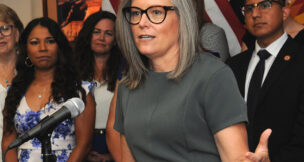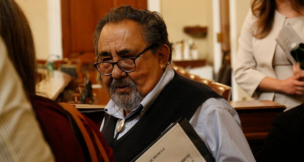Latino Voting Power
Jeremy Duda//September 27, 2013//[read_meter]
Still not enough to turn Arizona blue It has practically become party doctrine among Arizona Democrats that the growing Latino population will turn the state purple, if not blue. To...

















